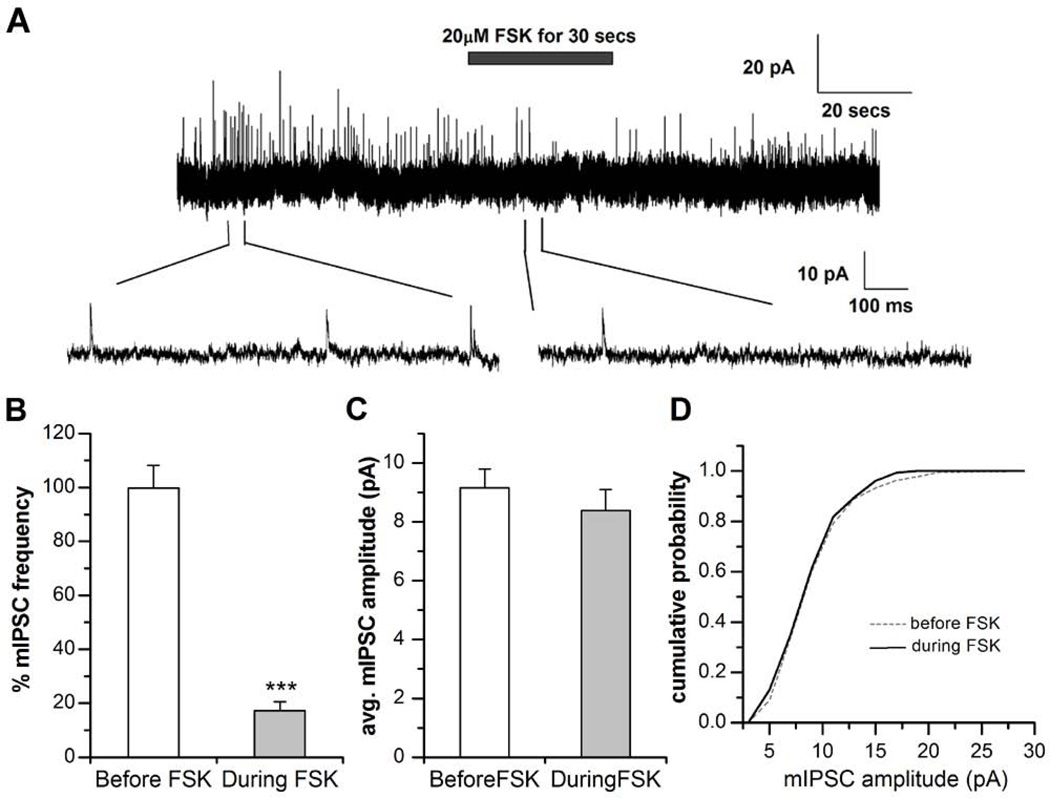Figure 6. Suppression of miniature inhibitory GABAergic postsynaptic currents (mIPSCs) by forskolin (FSK).
A, FSK (20µM) was focally applied to a wild type neuron (3 days in culture) in the presence of 1µM tertrodotoxin (TTX) and 1µM curare after obtaining a stable GABAergic IPSC trace. Miniature IPSCs (mIPSCs) were recorded at holding potential of 0 mV. The frequency of GABAergic mIPSCs were significantly suppressed during the focal application of FSK. Example IPSC traces are shown on an expanded time scale below the complete recording trace. Holding potential (VH) = 0 mV. B, The graph shows the reduction in GABAergic mIPSC frequency by the application of 20µM FSK as compared to the % frequency of mIPSCs before the application of FSK (*** P< 0.001, n=8). C, The graph shows no reduction in the average GABAergic mIPSC amplitude during the application of 20µM FSK as compared to the amplitude of mIPSCs before the application of FSK (n=8). Paired T-test was used to distinguish between groups. Bars indicate SEM. D, Kologorov-Smirnov test was carried out to distinguish any difference in the cumulative probability of mIPSC amplitude between before and after FSK treatment. We observed no change in the cumulative probability distribution of mIPSCs before FSK (n=1170 events) and after FSK treatment (n=154 events) binned at 5pA for both the groups (P=0.308).

